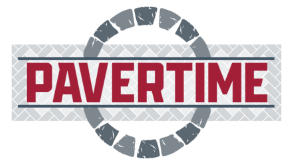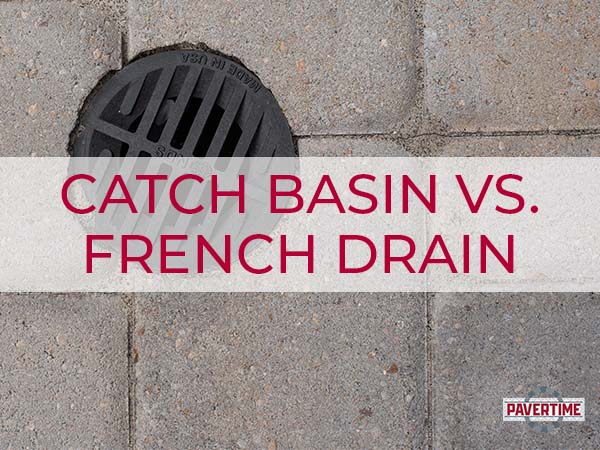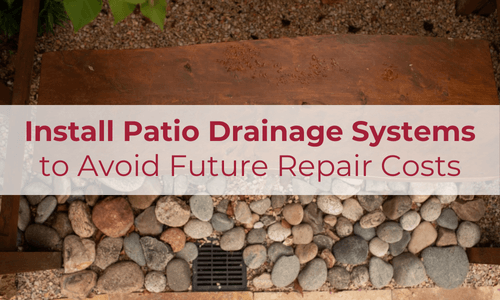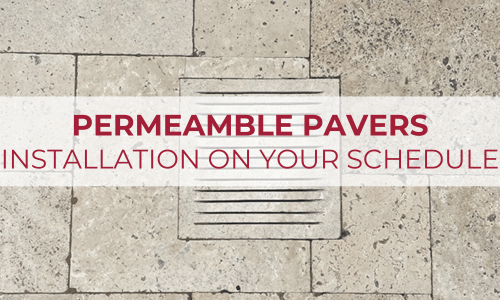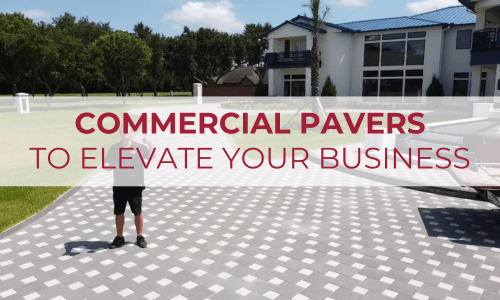Drainage systems are nearly as old as human civilization itself. For example, the ancient city of Pompeii had an elaborate plumbing system for rainfall that lasted much longer than the city itself did.
Fast forward to 2023, and the problem of draining excess rainwater still hasn’t gone away. In particular, drainage is an important consideration for residents of Houston, as Houston has been nominated by Weather.com as America’s rainfall flooding capital.
We have many more types of drainage systems than ancient Pompeii did, but few homeowners truly know the ins and outs of them. For example, catch basins vs French drains – what’s the difference?
In this article, we’ll explain the difference between these two drain systems, including:
- How French drains and catch basins work
- The pros and cons of each type of system
Catch Basin vs French Drain: What’s the Difference?
French Drain
French drains are an effective drainage solution for many properties in Houston, which can have sudden, heavy bursts of rain that flood the streets and pool water around your property.
A French drain is a trench filled with gravel or crushed rock topped by a pipe with holes in it called a perforated pipe that water can enter from above. During heavy rain, the water quickly fills the pipe and is directed towards storm drains and away from your foundation or low-lying areas.
French drains rely on gravity to move water, so they will need to be placed higher than the storm drain they lead to.
It is a simple yet effective way to redirect water runoff away from a home or other structure, protecting it from the heavy periods of rainfall common to the Houston area.
Catch Basin
The catch basin is a drain installed in your patio or landscape, designed to move rainfall and other runoff away from your yard. The drain leads to solid PVC pipes that then quickly carry the water to a storm drain. This helps to prevent flooding, and also prevents ground surface pollution from being washed into other areas of your yard or into your garden, where it could harm the plants.
Both types of drainage systems are effective at removing excess water from a home’s patios and other hard surfaces, but each has its own advantages and disadvantages.
When is a French Drain the Best Option?
French drains require a larger area than catch basins, because they are a perforated pipe that is laid in a ditch. When there is a heavy rain, it will move the water to a storm drain much like a catch basin. During light or steady rains, the perforations allow the water to seep into the ground.
French drains are best suited for areas with high levels of surface water runoff due to dry soil or clay. They can be more expensive to install than catch basins, but they require less maintenance over time. They also tend to be more effective at handling runoff from torrential rain or flooding.
When is a Catch Basin the Best Option?
A catch basin is the best option for a homeowner when drainage is an issue on a hard surface. Catch basins can be combined with pumps to move water quickly and isn’t as dependent on gravity to move the water out of your yard. You can use a pump and catch basing to move water away from your foundation, preventing water damage to your home.
They are easy to install, require little maintenance and are relatively inexpensive. Catch basins can become clogged more easily than a French drain, so they do need more maintenance.
They are best suited for smaller areas, as they require less space than a French drain.
It is true that catch basins are extremely effective when it comes to tackling large volumes of water in yards and to dealing with specific problem low-lying areas; however, they are not intended to handle groundwater that disperses over an extensive area.
Can You Combine French Drains and Catch Basins?
For homeowners dealing with severe drainage issues, combining a French drain and a catch basin can be an effective solution.
When combined, the French drain helps to direct the water to the catch basin, where it can be drained or pumped into the sewer. This combination not only helps to manage drainage but also reduces the risk of flooding and other water damage.
Whether you should install a French drain, a catch basin, or both depends on how much space you have and what type of surface needs be drained, how your yard and landscaping is laid out, and the final look you want as well as your space and budget. This is a good time to consult an expert in your area, who knows your weather and soil conditions.
If you’re in the Houston area, contact us at Pavertime to discuss your issues. We’ve installed many drains across the Houston area and know what works with the area’s gumbo clay soil and heavy rainfall patterns.
We’ll give you a no-obligation free quote on how best to deal with your water problems on your property, whether it’s a flooded walkway or a boggy yard.
